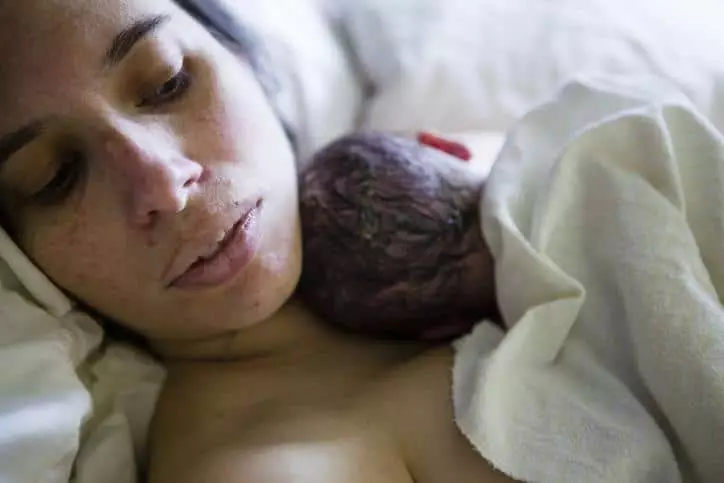The process of bringing new life into the world is filled with numerous experiences, some expected and others unexpected. Among these, one often-overlooked phenomenon is postpartum shaking—a physical response that can catch new parents off guard. This article aims to shed light on the reasons behind this peculiar occurrence, its implications, and reassuring insights for those navigating the early days of parenthood.
While many anticipate the joy and excitement of holding their newborn, the immediate aftermath can be startling. One of the more surprising experiences reported by new mothers is uncontrollable shaking, akin to the sensation of being exposed to a frigid environment. This shaking can last for a significant period, often an hour or more, leading many to worry about their physical well-being. What is crucial, however, is recognizing that this response is more common than one might think. Research indicates that between 44% and 55% of women may experience this tremor during or after childbirth, regardless of whether it was a vaginal delivery or a cesarean section. Understanding this prevalence can help mitigate feelings of fear and confusion during what is already a tumultuous time.
Although the precise cause of postpartum shaking remains somewhat elusive, various factors contribute to its onset. A primary player in this physiological response is the fluctuation of hormones during labor and delivery. Hormones like oxytocin, while primarily known for facilitating uterine contractions, can also induce muscle contractions elsewhere in the body. Accompanying this hormonal ballet are stress hormones, including adrenaline and cortisol, which surge during labor and add complexity to the body’s physical reactions.
Moreover, as mothers experience rigorous physical exertion during childbirth, their body temperatures can rise. The resultant drop in temperature regulation may trigger the brain’s thermoregulatory center to initiate shivering, creating an unexpected cycle of heat and cold. Parents may find themselves shaking even in comfortable surroundings, highlighting the body’s intricate response to stress, effort, and recovery during and after labor.
When encountering postpartum shaking, the important thing is understanding that, typically, this is a normal response and not a cause for alarm. Shaking generally causes more discomfort than any actual harm. In many cases, medical professionals will provide warm blankets to envelop new mothers, helping their bodies to regain equilibrium and soothe the tremors. There is even research suggesting that warming intravenous fluids prior to administration may further alleviate shaking, indicating the nuanced interplay between body temperature and physiological responses.
Additionally, mothers should be mindful of the risk of exacerbating shaking after a cesarean section, as straining against it could potentially lead to complications at the surgical site. Therefore, embracing the natural process rather than attempting to fight it may yield better outcomes.
Listening to one’s body during the postpartum period is critical. While shivering itself is primarily benign, vigilance is essential. Mothers should continue to monitor their symptoms in the days following childbirth. An unusual chill akin to having the flu could indicate a fever, potentially signaling an infection that warrants immediate medical consultation. Never hesitate to voice concerns to healthcare providers; the postpartum period is a time for healing and questions are always welcome.
Postpartum shaking is a common, yet perplexing, aspect of childbirth that many new parents may not anticipate. Understanding the mechanics behind this phenomenon can help ease fears and provide clarity amidst the often chaotic experience of bringing a newborn into the world. While this tremor may feel unsettling, it generally poses no significant risk. By approaching this stage of life with awareness and an open mind, new parents can better navigate the challenges of parenthood and focus on the joyful moments that accompany the arrival of their little ones. The journey of motherhood is filled with surprises—embracing each one can lead to a more fulfilling experience.

